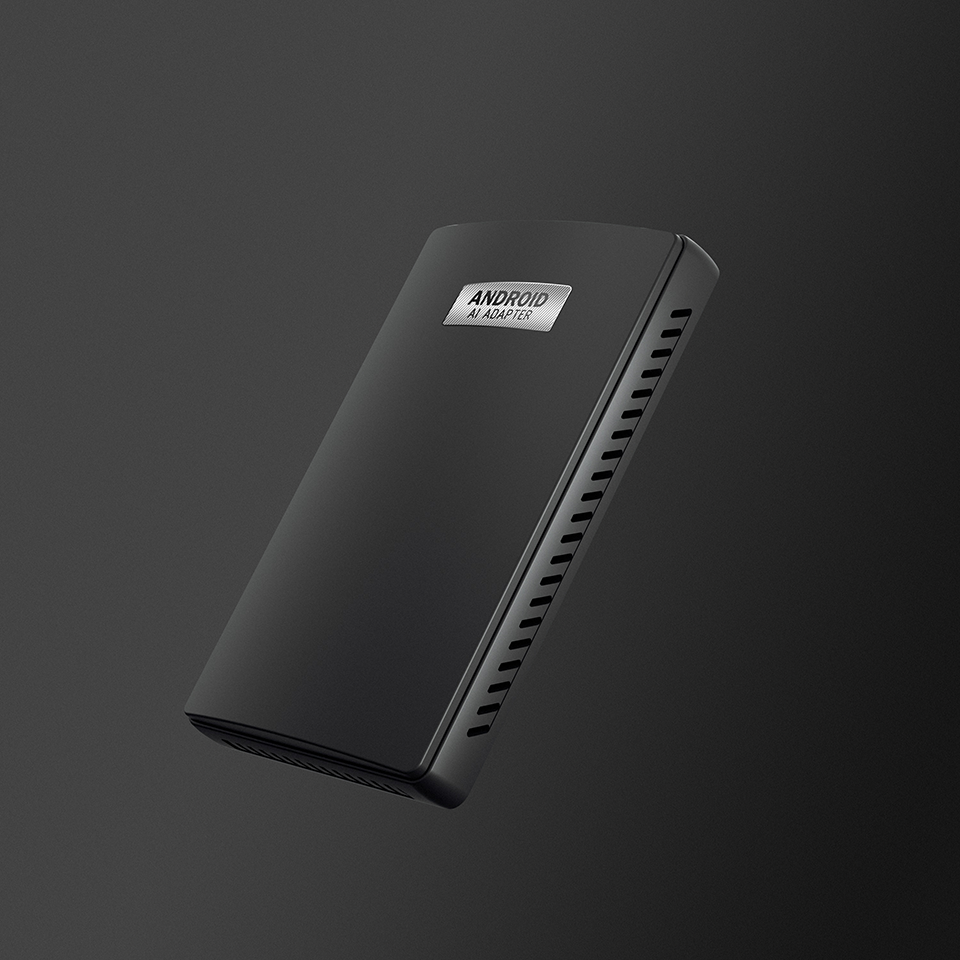Audi is about to mass-produce the embedded Android car, want to remove smart phone in car multimedia
Although there are currently 57 car brands supporting Android Auto, the vast majority is just a way to provide users with "car-phone interconnection" based on their own car entertainment information system. This kind of little play that is almost like a slap in the face obviously does not make Google satisfied. At the latest Google I/O Developer Conference, the Audi and Volvo concept cars equipped with the new embedded Android Auto are the visual representation of Google's next strategic plan.
Audi Q8 sports concept car with an embedded Android car system
Take the Audi Q8 sports concept car with orange-red metallic luster. The classic MMI car entertainment information system of Audi is replaced by the new Android car. Below we follow the team of Google Android partner engineers. Martian James will take a look at the experience of this Audi concept car with deep customization of Android Auto.
Maybe many of my friends don't know much about the difference between "Android Auto" and "Embedded Android for Automotive." In fact, apart from the concept of words, the difference between the two sets of products is quite obvious. At present, there are 57 car brands supporting Android Auto. It mainly uses a mapping form to present specific functions: connect your Android phone to the car via USB or wireless, and it will be displayed on the central control panel as Auto custom output Android Auto software UI.
This is a common way to use USB or wireless to connect Android phones to Android phones using Android Auto.
Of course, the car's original car system is not just a simple external display, it also integrates some key features of the control, for example, you can activate the Google Assistant smart assistant through the voice control button on the steering wheel, but even so Basically, the mobile phone is in control of the entire interaction process. In contrast, the embedded Android car runs on top of the car's own system, without the need to connect a mobile phone. This is significant for cautious and conservative car companies, because they can control the presentation of the UI to a large extent, and the overall control of some functions will be higher.
Take the Audi Q8 sports concept car on display as an example. The shortcut icons of a list of applications are located on the left side of the entire operation interface. The remaining area of the screen is used to display the specific interaction forms of these APPs (navigation, multimedia, weather, etc.). Click on the Prototype button at the top left and the Widget window view for each application will appear in the right display area. Unlike Android Auto, you can't switch between Android and the original car system. In the embedded solution, you can use only one Android car system.
Of course, the benefits are also obvious. Audis and other car companies equipped with the embedded Android car system no longer need to ask Grandpa to tell Grandma or invest in developers to develop customized software for their products, which can run any from Google Play. The program downloaded by the app store. Of course, this is only theoretically possible. According to Google, OEM OEMs can limit the owner's access rights. For example, from a safety point of view, the system does not allow downloading and installing software during driving; in addition to the APP supported by the embedded Android system, the enterprise can install the application autonomously. Take the concept car of Audi as an example. In addition to Google Maps, the map application provided by Audi itself is provided by the graphics merchant HERE.
For developers, as long as they keep up with the update speed of Android Auto, the software applications they develop can be well adapted to the embedded Android car. The car company itself does not affect the UI adjustment and modification. The running and use experience of the APP. Because the APP program that can run on Android Auto must be developed on the basis of Google's interactive standard, when transferring to the embedded Android car, it only reorganizes the different elements of the UI according to the output requirements of different brands. Maybe slightly different.
There are three displays on this Audi Q8 Sports concept car: the most striking is the central control touch screen in the half of the dashboard, the touch screen below it is mainly responsible for climate control, and the narrow digital dashboard behind the steering wheel. Although the main central control panel uses the embedded Android system, this Audi model virtual cockpit iconic LCD instrument display runs a customized real-time OS system.
The LCD monitor of the Audi Q8 Sports Edition concept car does not use the embedded Android system.
Martin said that such a design is more for security reasons. Imagine that you are galloping at a high speed, suddenly the system crashes, the meter display is black... At this time, even if the steering wheel in your hand does not go wrong, there is still a panic in my heart. But even if you are not using the same system, the central control and instrumentation can interact through the settings. For example, the navigation information on the central control panel can be transferred to the dashboard for display, such as speed, mileage, and other key data information will not be affected. If the car is also equipped with a HUD heads-up display, the embedded Android system can have similar interactions.
The Audi Q8 sports concept car is located in the control panel of the car under the central control display.
For car owners, car manufacturers and Google, this is undoubtedly a "three wins" product strategy. For young consumers who like new things, a car equipped with a Google car is obviously more attractive than similar products. The functions and services that can be realized with the help of smartphones are simply transplanted into the car and can be upgraded at any time through the OTA wireless update method. The car company can obtain a large number of application resources by using Google's platform. The product itself is A big selling point, compared to the traditional car machine, Android Auto because of the huge user base of Google's mobile phone business, there is no problem of getting started, users will be very convenient to use.Of course, Google can enjoy the "dividends" not to mention. With the built-in car developed jointly with the car company, the Android Eco will "root, grow, and flourish" in the car. And the addition of Google Assitant's artificial intelligence assistant feature allows Google to obtain data such as geographic location, driving style and user preferences, which can greatly benefit the ability to enhance its related industry chain services.
However, before the car cloud has repeatedly mentioned that due to differences in data privacy protection and user data attribution, Toyota announced at the beginning of last year that it will use the open source version of Ford AppLink car system - (SmartDeviceLink, SDL for short) Its automotive products offer services such as GPS navigation and in-car entertainment systems, completely hanging out Apple or Google. Therefore, if Google hopes to promote the embedded Android car solution on a large scale in the future, user privacy and data attribution security are issues that need to be solved.
Although Audi said it is currently developing a production model equipped with an embedded Android car, Audi will not be able to give a clear time when mass production goes on the market. In contrast, the possibility of another partner, Volvo, is quite high, indicating that it plans to launch a Volvo model using the embedded Android platform in a year or two.

.png)
_副本.png)
